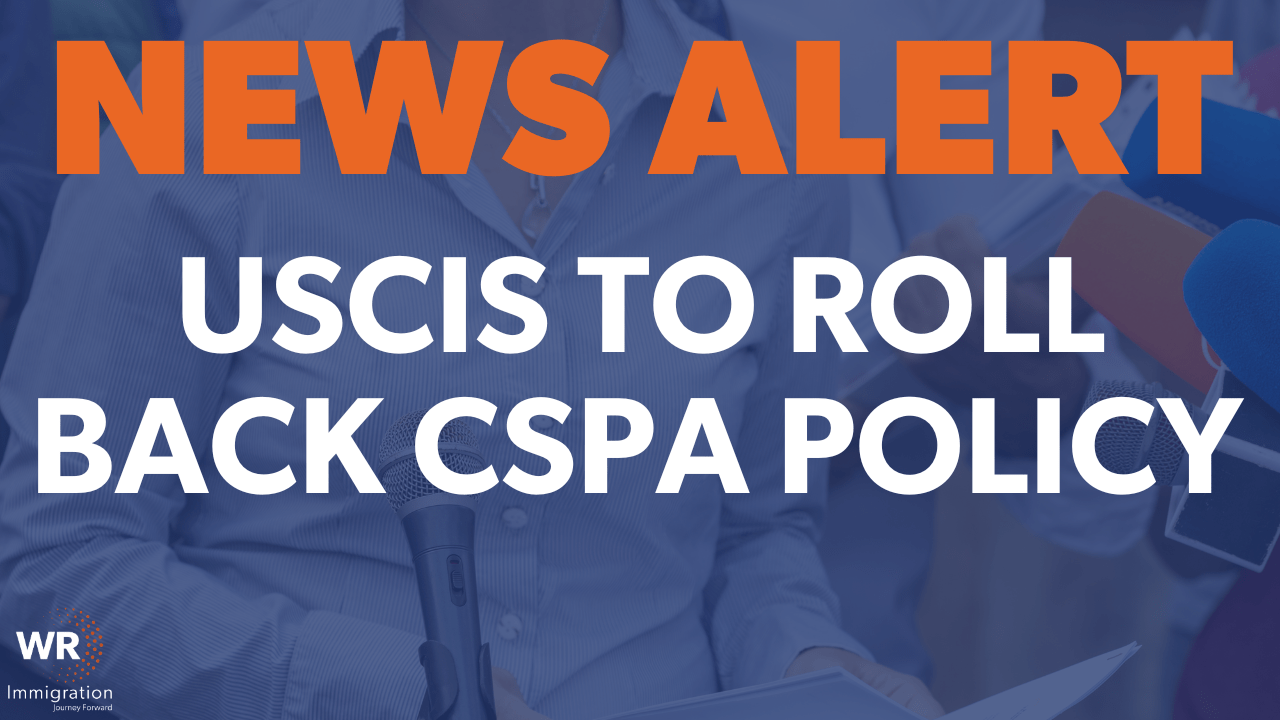The Child Status Protection Act (CSPA) helps certain children remain eligible for a Green Card past their 21st birthday, protecting them from “aging out” due to long processing delays.
In February 2023, USCIS expanded this protection by allowing the Dates for Filing chart, often years ahead of the Final Action Dates chart, to determine when a visa is “available” for CSPA purposes. This let many families file sooner and lock in a child’s age under 21.
Starting August 15, 2025, USCIS will roll back to its older, stricter policy:
- Only the Final Action Date will count for CSPA age calculations.
- Children will lose protection if that date isn’t current before they turn 21.
Impact
- More children will age out and need separate immigration filings.
- Families in long-backlogged categories (e.g., EB-2 India) face higher separation risks.
- Pending cases filed before Aug. 15 keep the 2023 protections.
Families with children nearing 21 should review timelines now and, if possible, file before August 15, 2025 to preserve eligibility.


